Developing Therapeutic Alliance: A Healthcare Perspective Report
VerifiedAdded on 2022/08/26
|8
|634
|23
Report
AI Summary
This report provides a comprehensive overview of the therapeutic alliance in healthcare, emphasizing its significance in fostering positive patient outcomes. It defines the concept, highlighting its role in building trust, encouraging adherence to treatment plans, and facilitating recovery. The report details essential communication skills, including verbal and non-verbal techniques, active listening, and empathy. Furthermore, it explores the components of motivational interviewing and their application in clinical practice. The report also discusses practical strategies for incorporating these skills, such as therapist training, on-the-job training, and the development of supportive policies that promote cultural competence and anti-discrimination. This report leverages insights from academic literature and provides a practical guide for healthcare professionals seeking to enhance their patient interactions and improve the effectiveness of their interventions.
1 out of 8
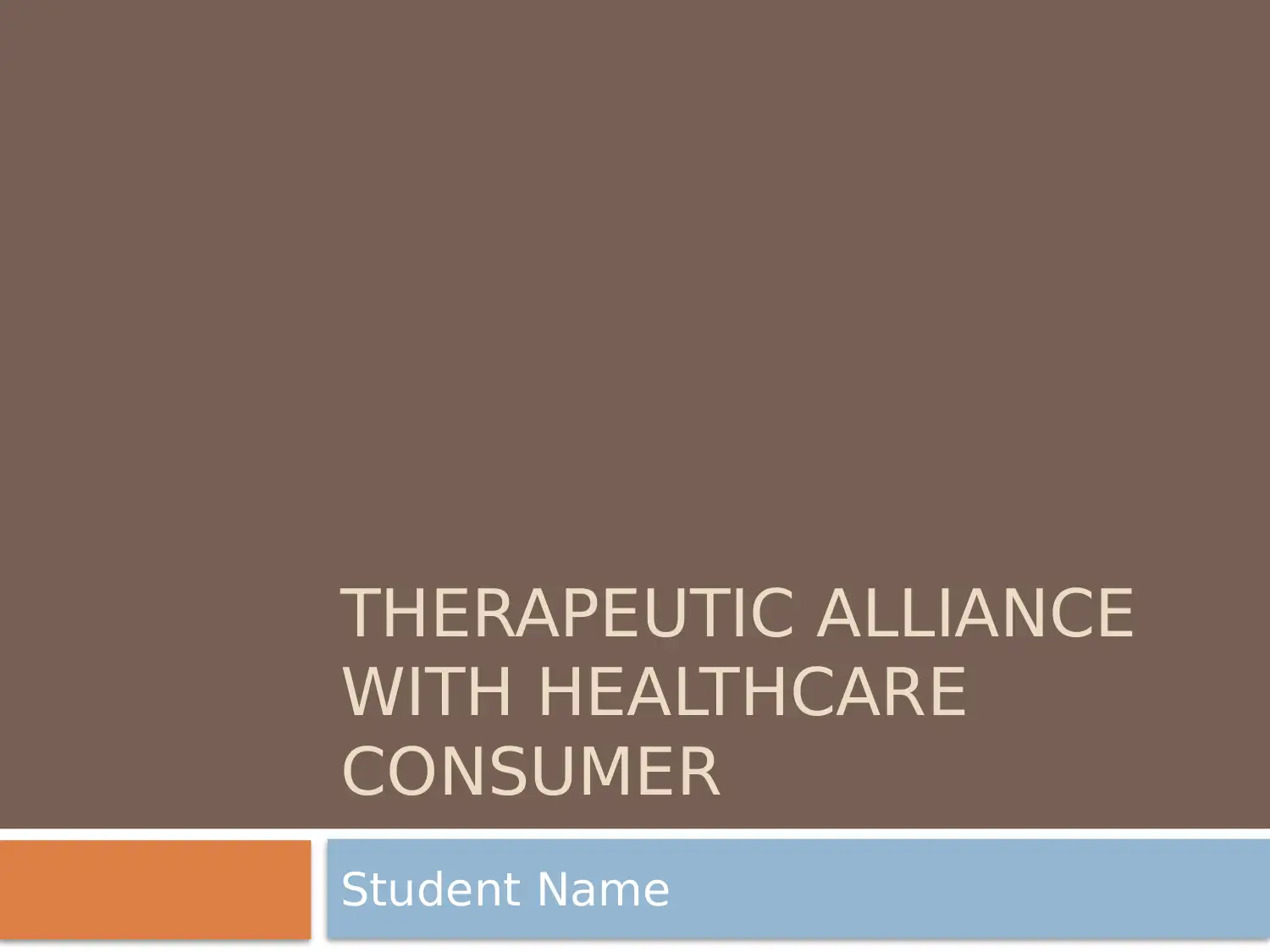
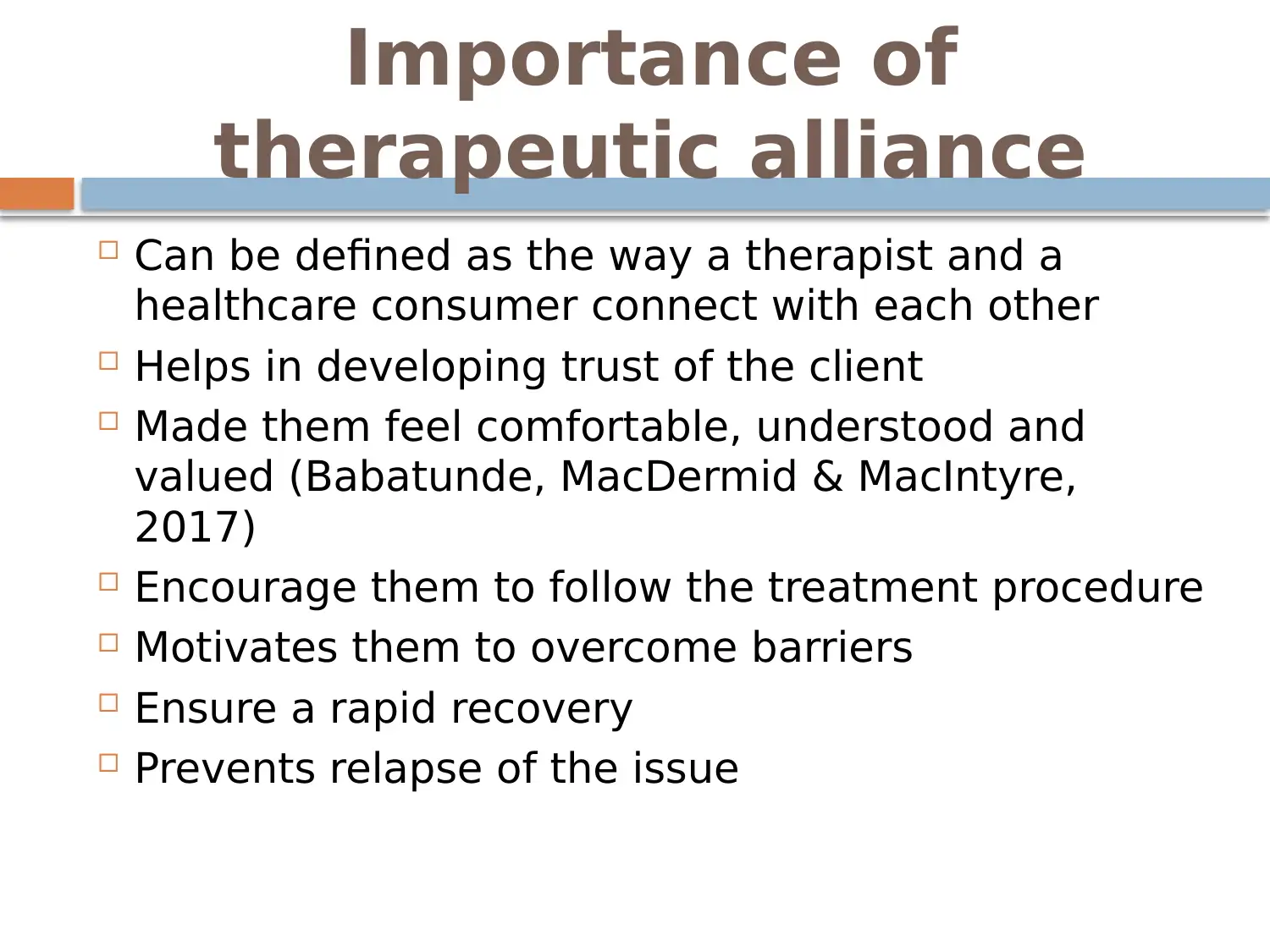
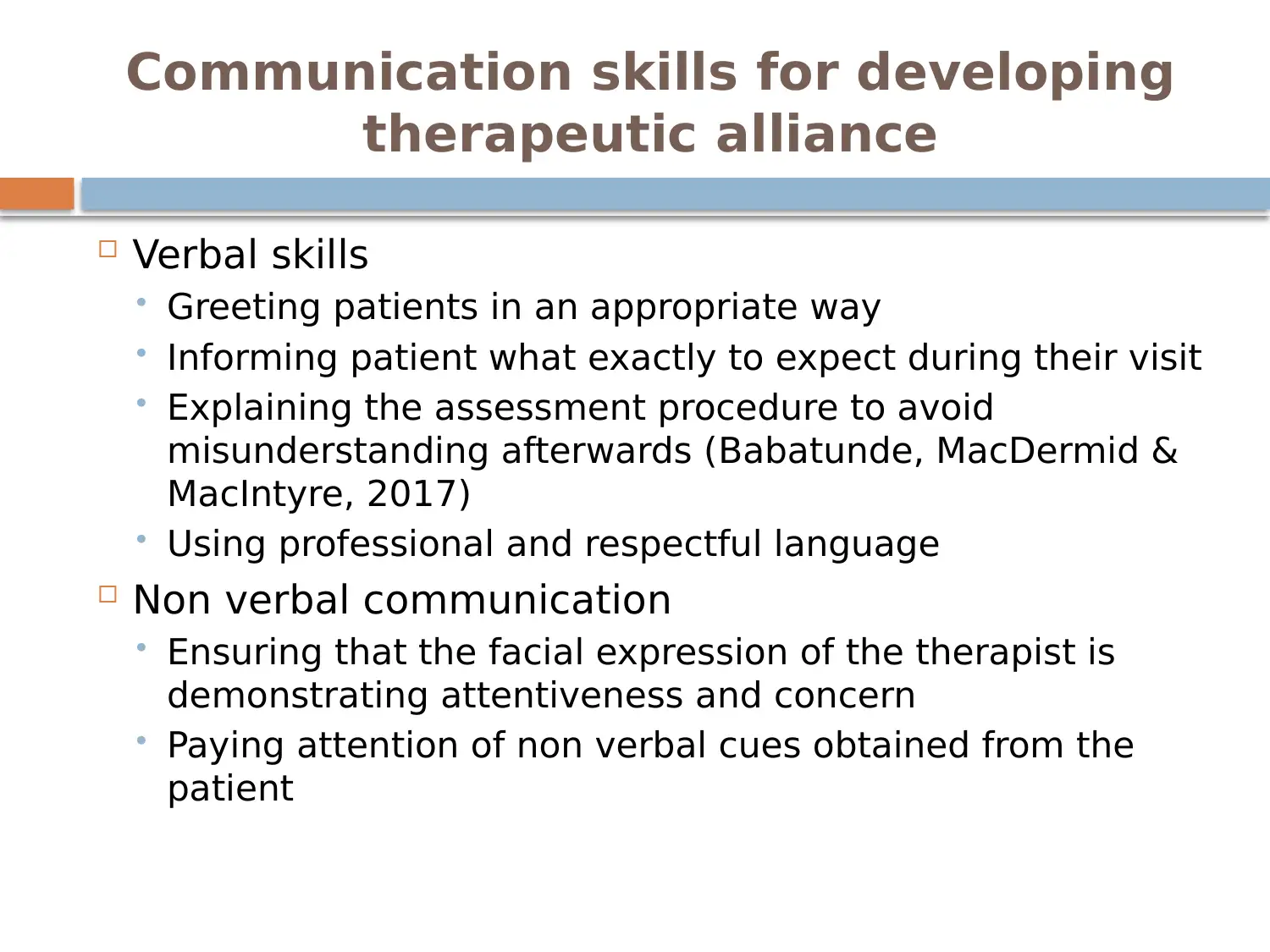


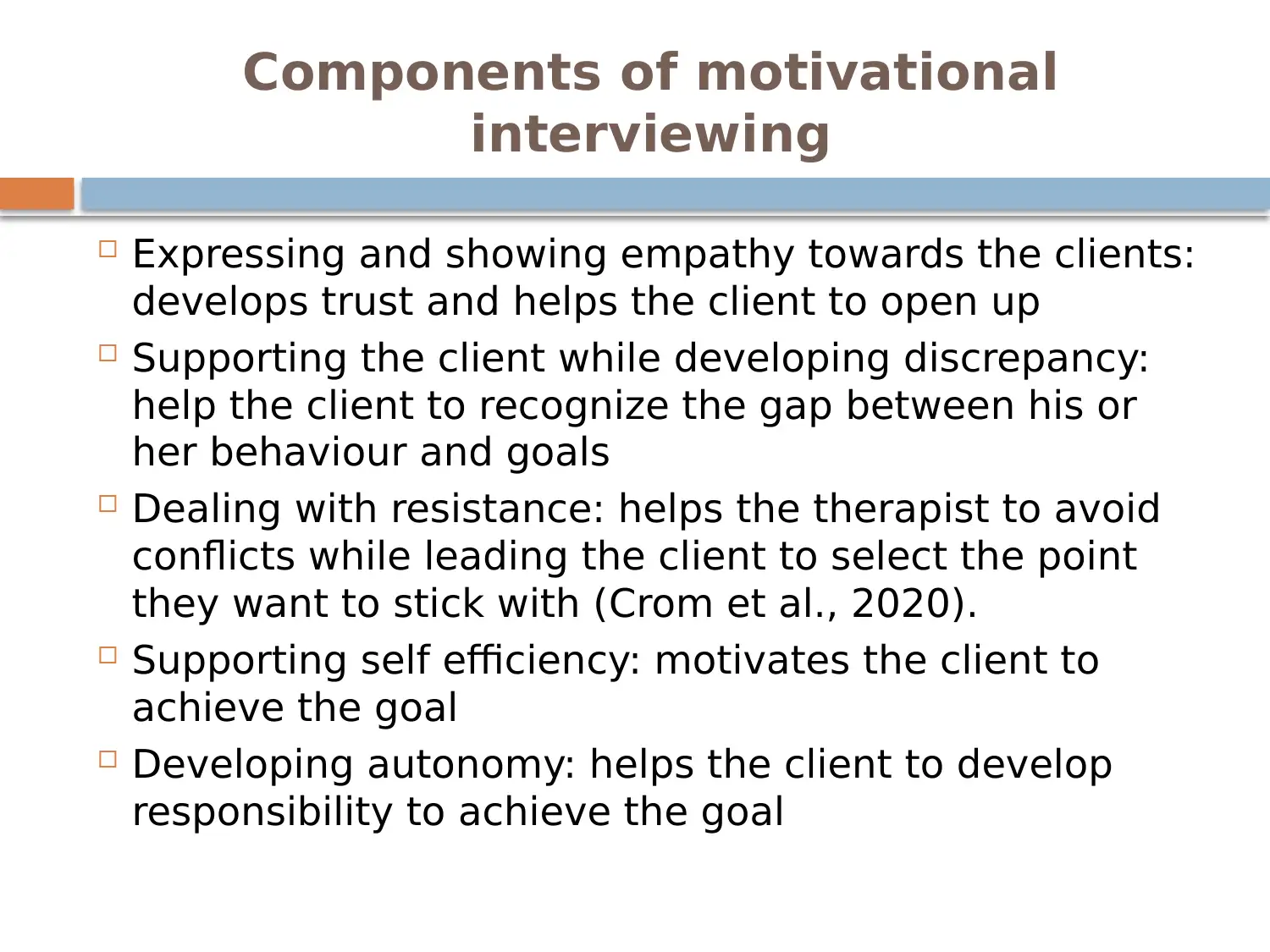
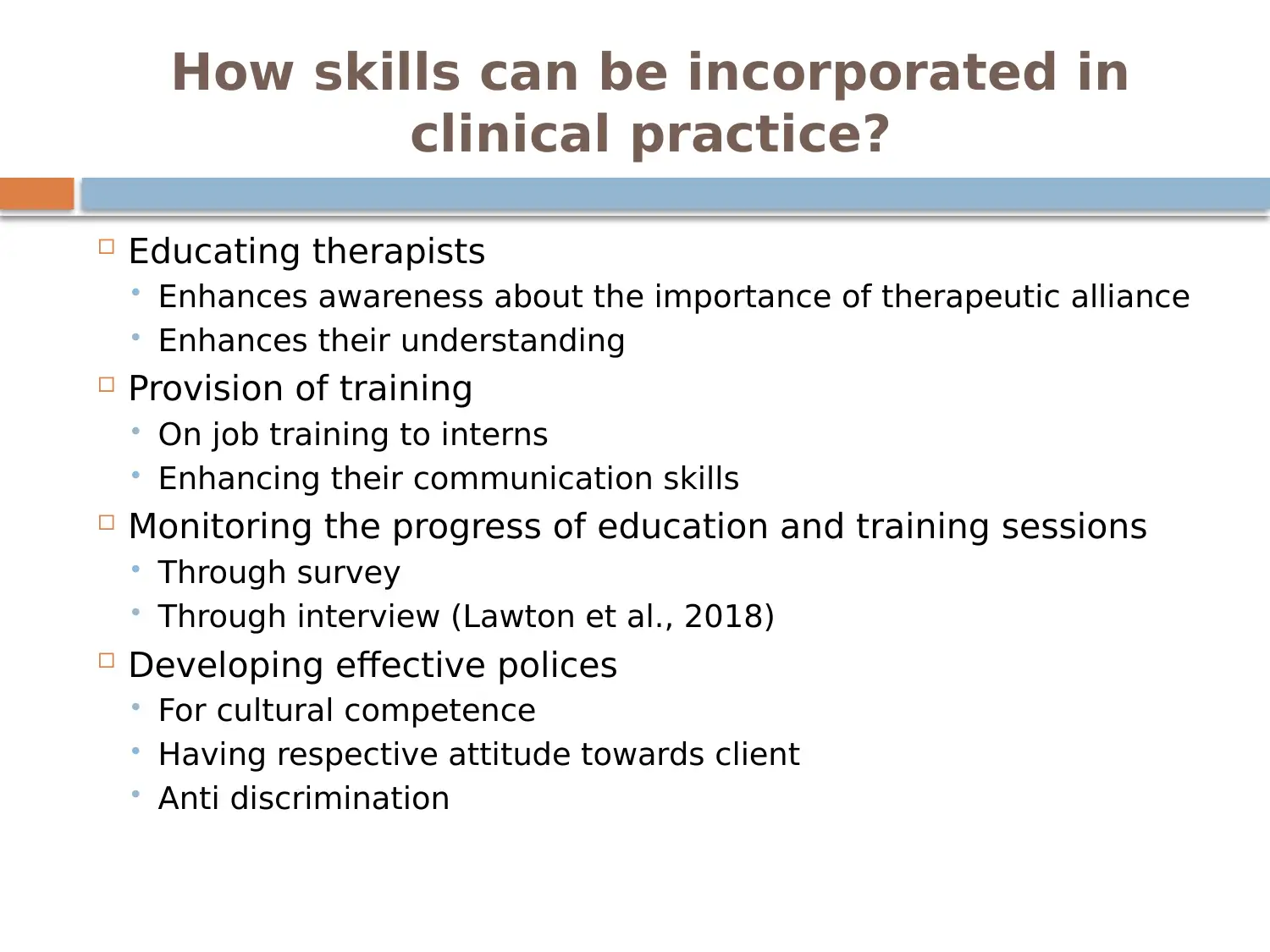
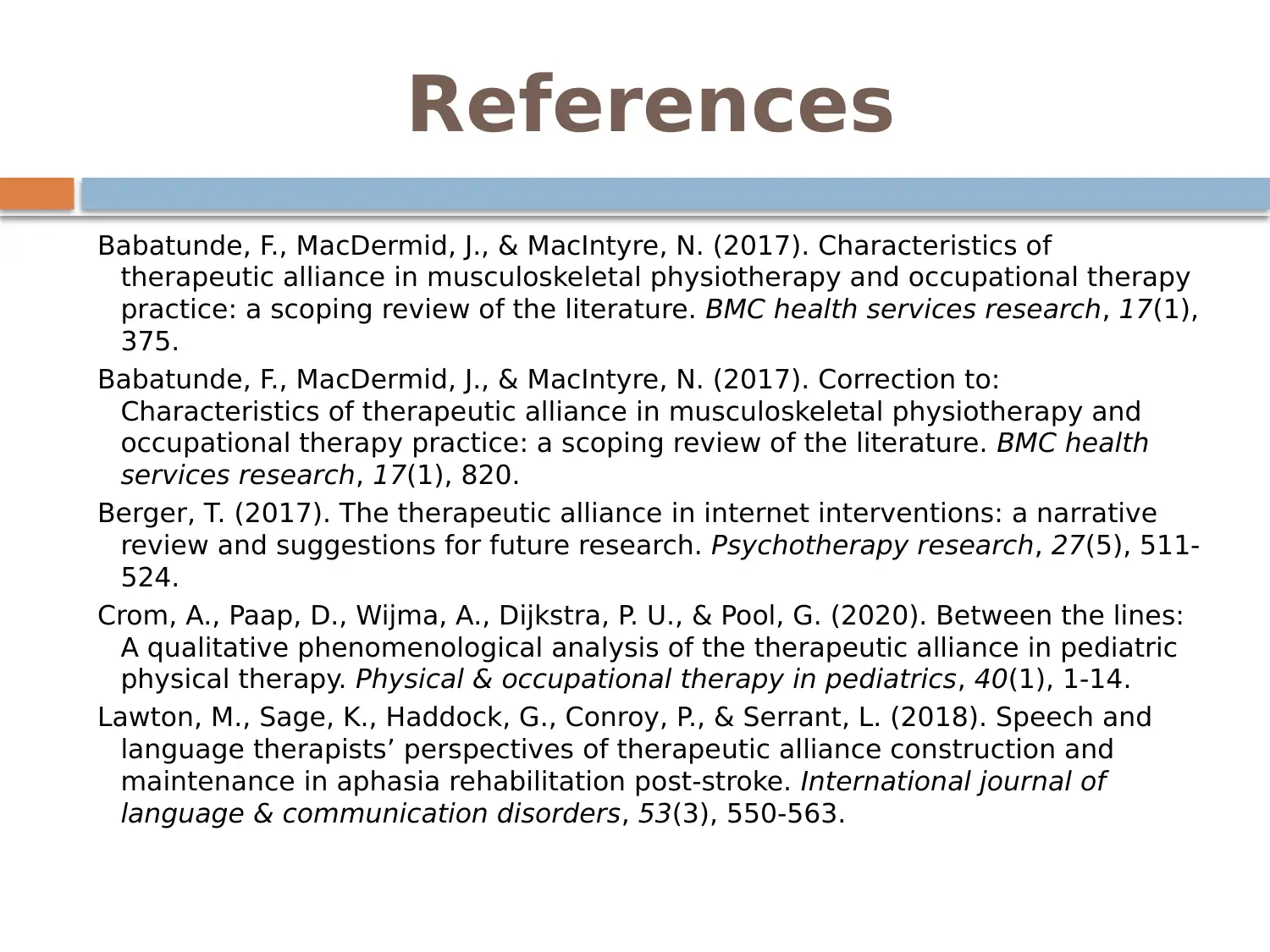






![[object Object]](/_next/static/media/star-bottom.7253800d.svg)